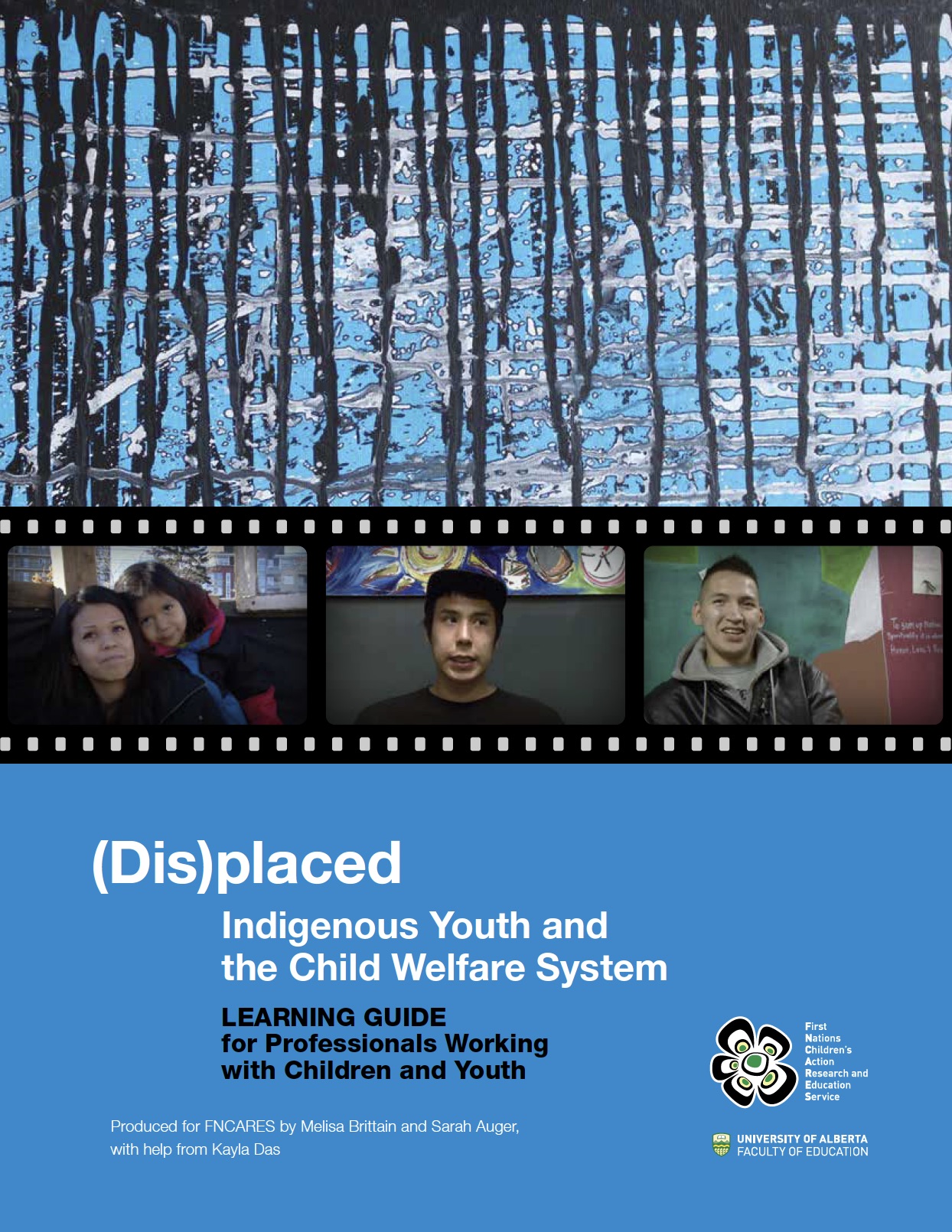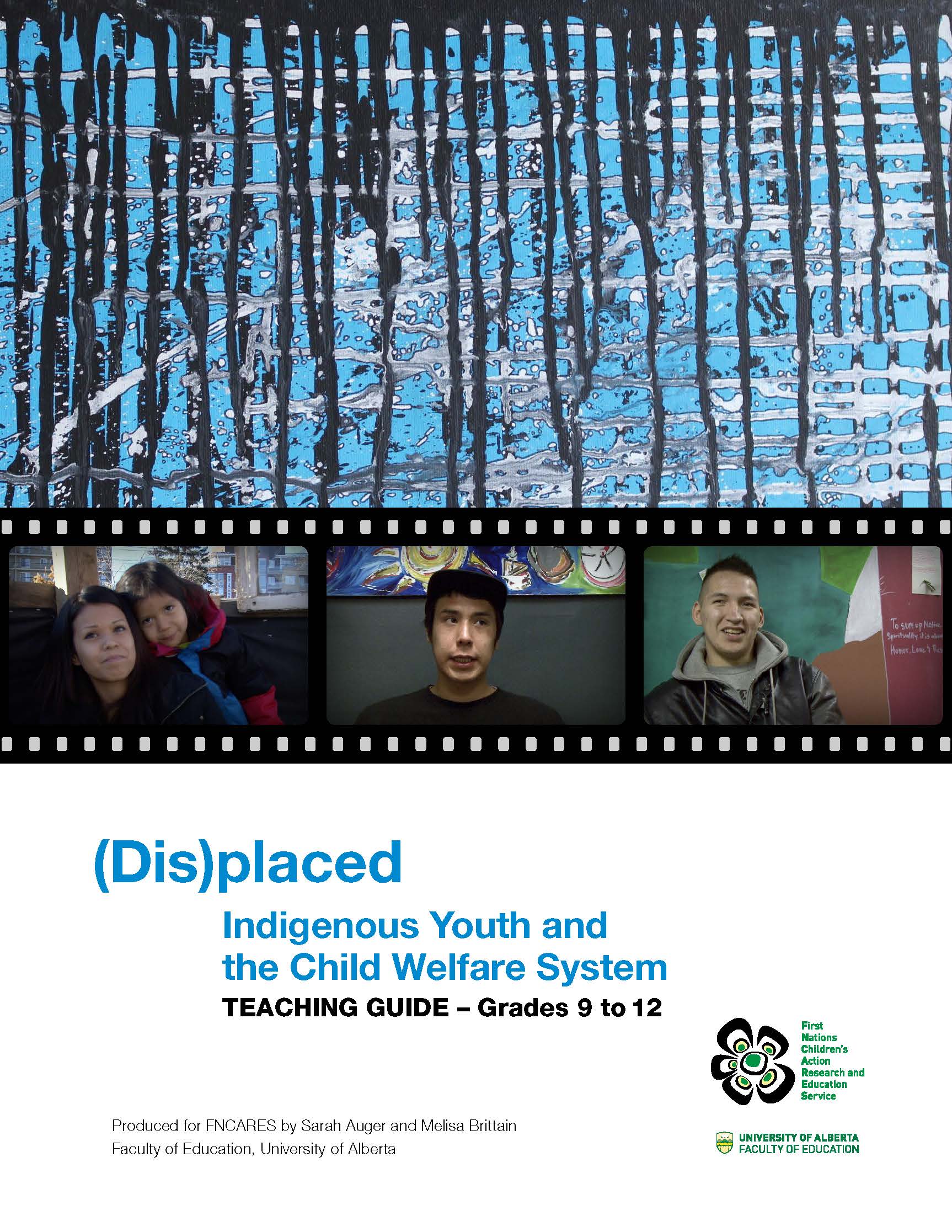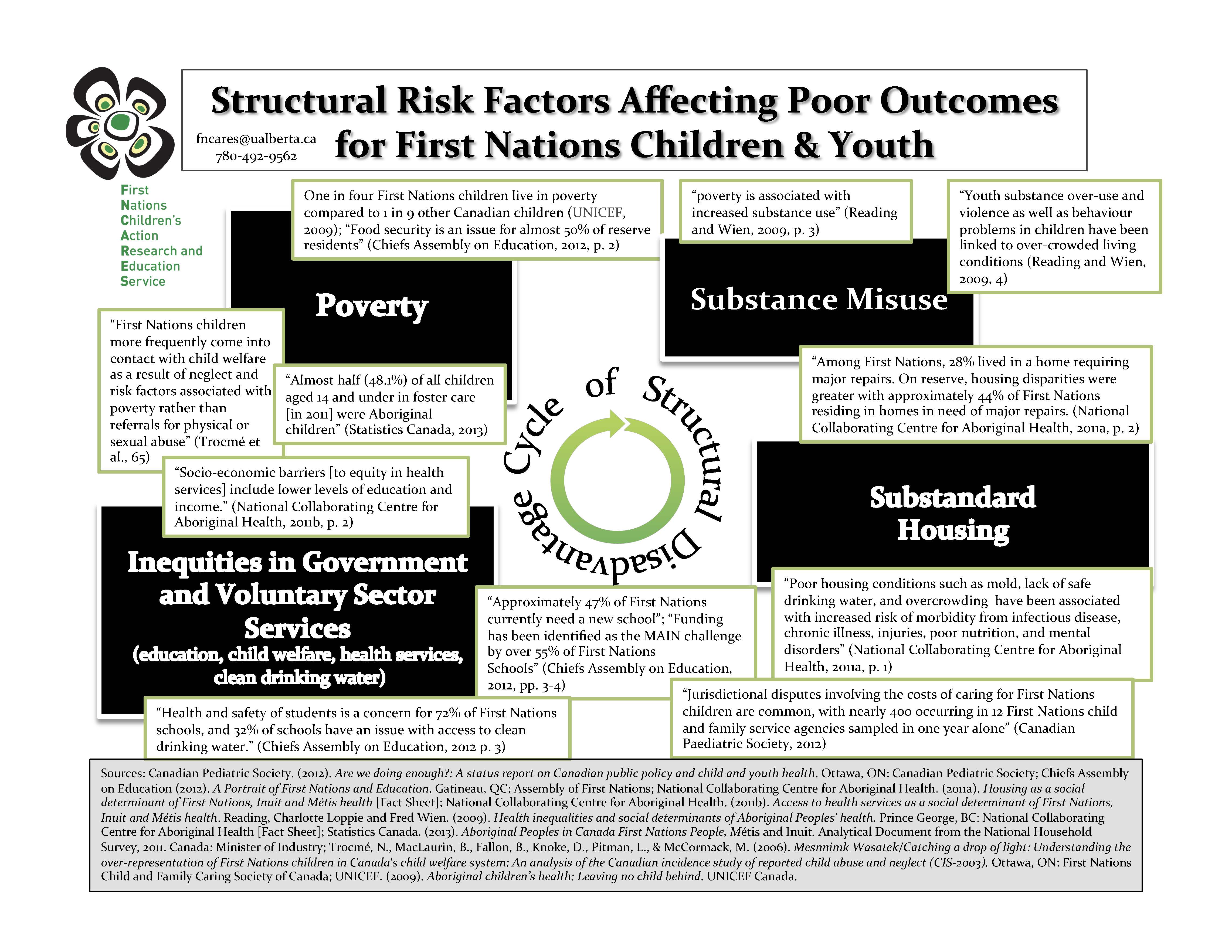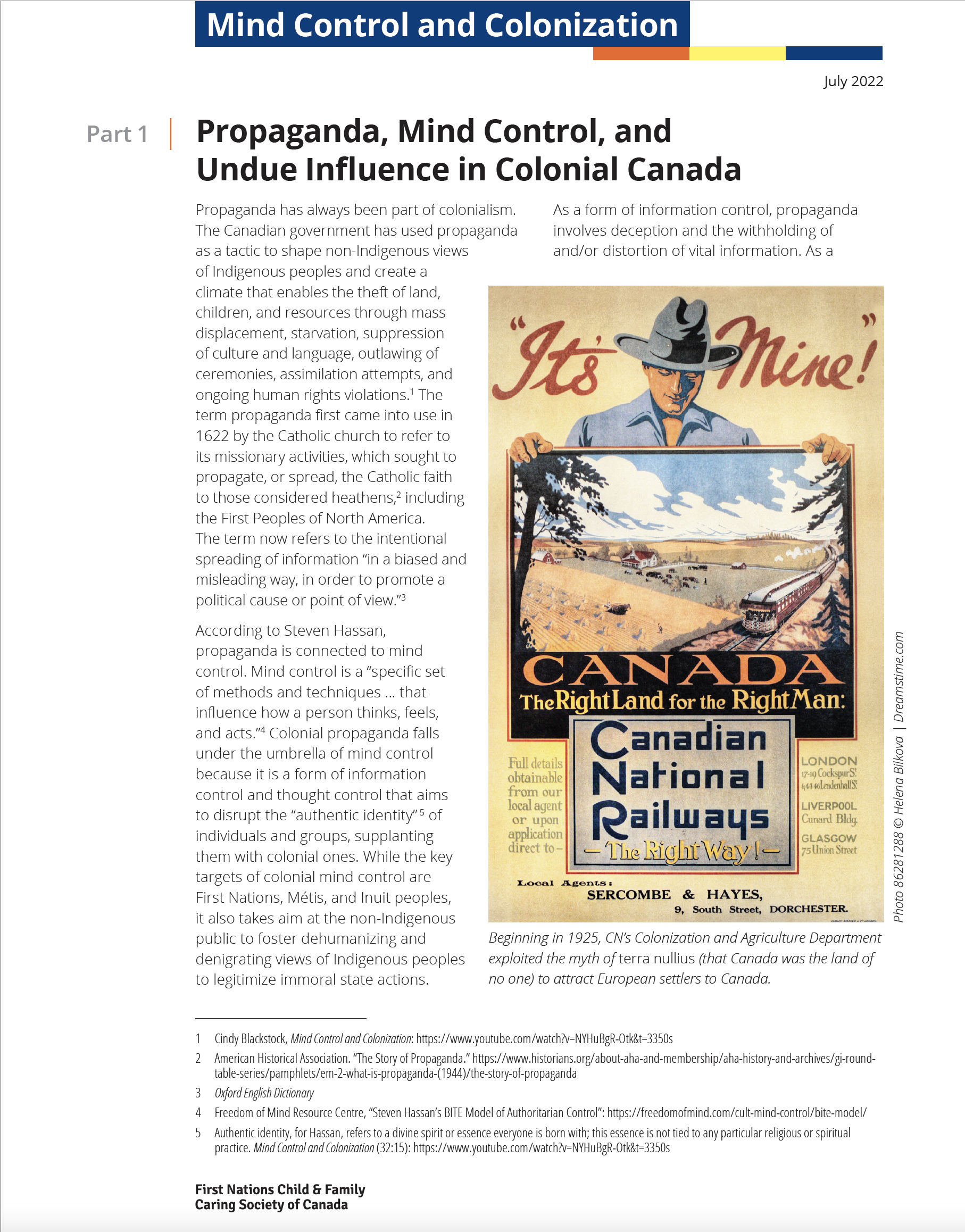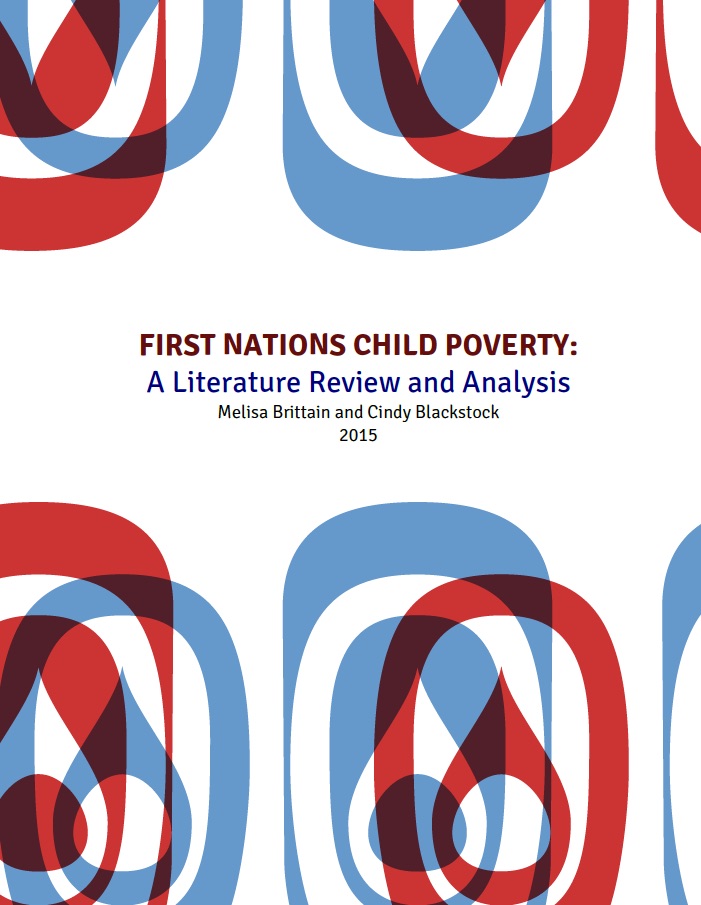by Melisa Brittain and Sarah Auger, with help from Kayla Das
This new learning guide is designed to accompany our documentary film (Dis)placed: Indigenous Youth and the Child Welfare System, which features the voices of Indigenous youth reflecting on their prior involvement with the child welfare system and on their multiple strategies of resistance to assimilation and state control.
Designed especially for those working in the child welfare system and other allied professions involved in providing services to Indigenous children and youth impacted by the system, it is ideal for running workshops for professionals. It can also be adapted for less formal group or individual learning.
The guide is divided into four themed sections that provide crucial background information in the following areas:
-
the connections between Canada’s colonial history and the ongoing inequities and discrimination that have led to the alarmingly high numbers of Indigenous children in the child welfare system;
-
the importance of cultural continuity for Indigenous child well-being;
-
the practice of moral courage in child welfare;
-
taking action towards social justice for Indigenous children in solidarity with Indigenous communities.
Each of the four themed sections of the learning guide include suggested activities and discussion questions, and the references and additional resources sections provide learners with links to hundreds of sources to help them more easily expand their knowledge beyond the content of the film and the learning guide.
